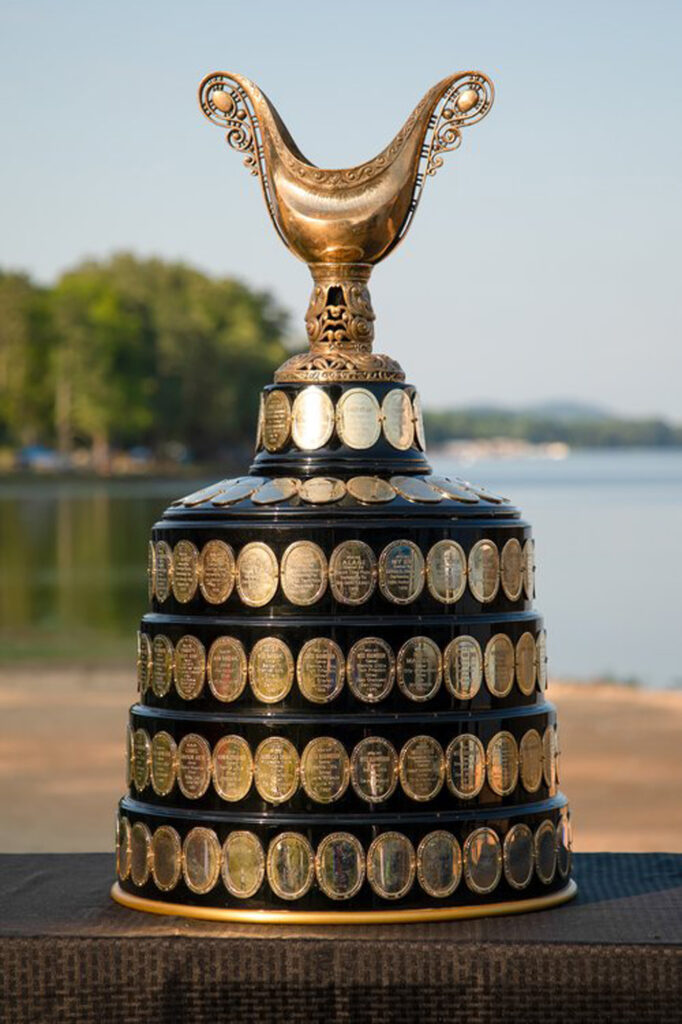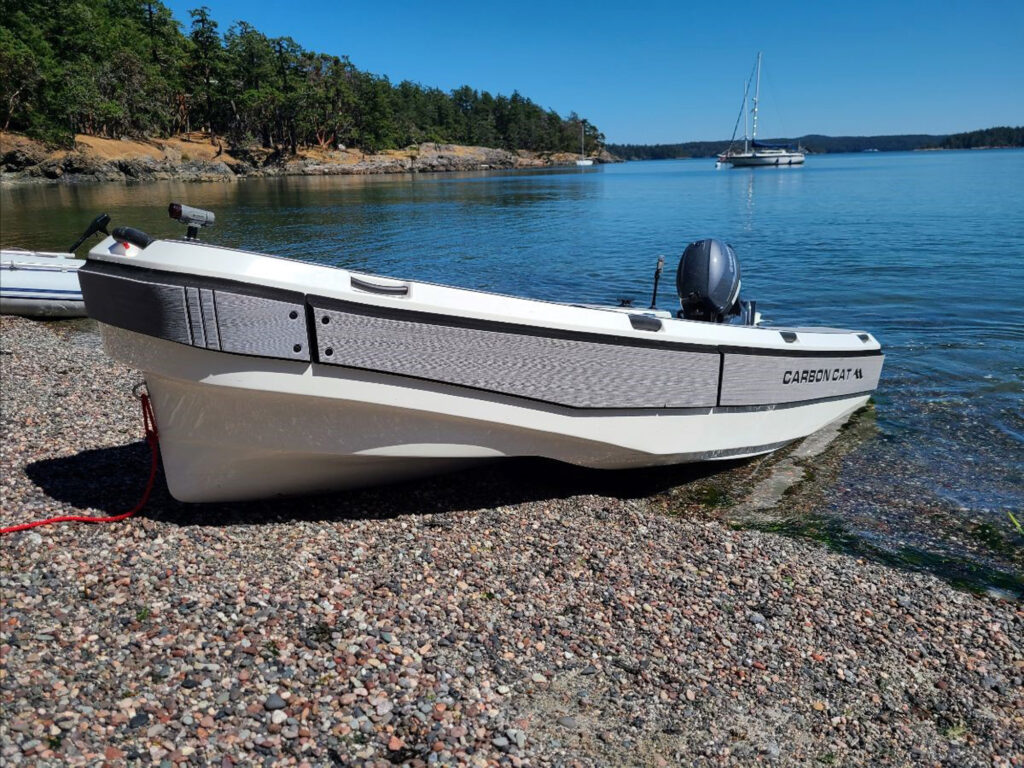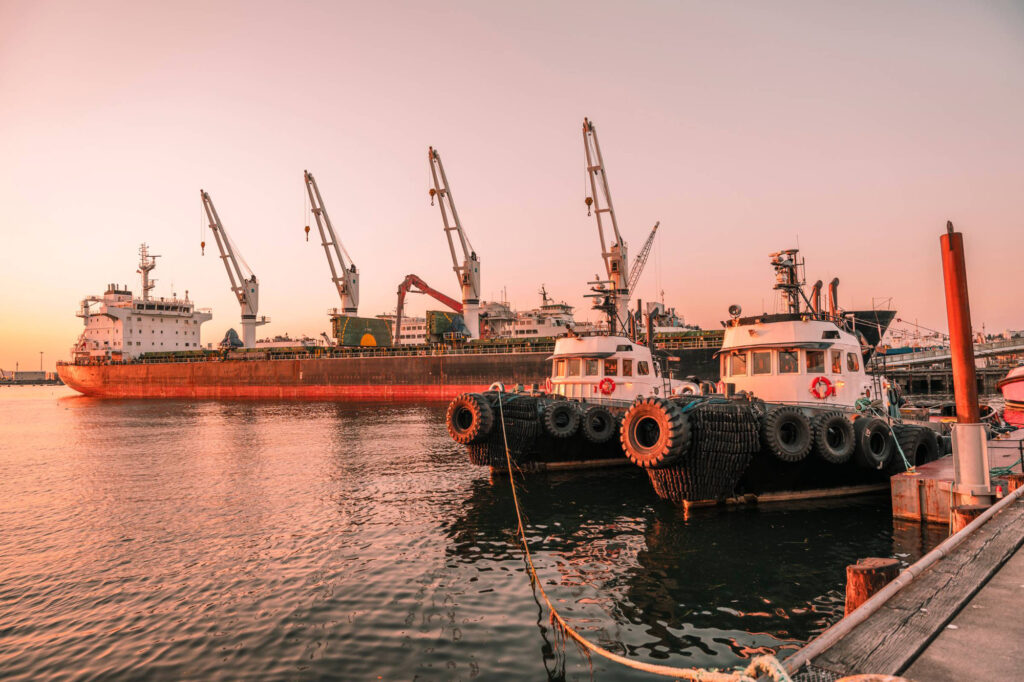
[ the race is on ]
APBA Gold Cup Returns to Seafair for HomeStreet Bank Cup Series
Here come the hydros! For this year’s classic summer event, all your favorite Seattle Seafair mainstays—the Torchlight Parade, the log boom, the pirates (arrr!)—will be back, but they will be joined by another boating competition that hasn’t been seen in the area for nearly four decades: The American Power Boat Association’s (APBA) prestigious Gold Cup.
Since 1986, the APBA Gold Cup was awarded at various other premier hydroplane racing events around the country, most recently as part of a long-running stint at the annual San Diego Bayfair celebration. However, Bayfair announced in June that it would not be hosting the APBA competition in September, citing the loss of some sponsorships and rising production costs due to inflation.
As a result, the Gold Cup competition will triumphantly return to Lake Washington this month, making Seafair’s HomeStreet Bank Cup the final event of the 2023 H1 Unlimited Racing Series circuit. The winner of the HomeStreet Bank race will be awarded the APBA Gold Cup on August 6, significantly ramping up the drama and anticipation for Seafair.
Established 1904, the Gold Cup is the oldest trophy in American motorsports. The APBA event was first held in Seattle in 1951, during the heyday of local racer Stan Sayers and his legendary Slo-mo-shun IV and Slo-mo-shun V vessels that became synonymous with Seafair hydro racing through the 1960s. This year will be the 15th time Seattle has hosted the Gold Cup event.
On August 4, the three-day H1 Unlimited race will begin its 70th year on Lake Washington to kick off the Seafair Festival Weekend, which will also feature three precision aerial performances by the U.S. Navy’s Blue Angels. Other aerobatic demonstrations to be held over the weekend will be jumps by the U.S. Army’s Golden Knights parachute team, flyovers by antique World War II-era B-17 and B-25 bombers, and other maneuvers by modern military planes and helicopters.
Those interested in a closer look at the Blue Angels crew as they practice their routines can attend the August 3 Seafair Brunch and Blues event on the Boeing Field tarmac, just yards away from the F/A-18 jets as they take off. Meanwhile, in downtown Seattle, revelers can view the Alaska Airlines Seafair Torchlight parade at 3 p.m. on July 29. The free event will feature more than 100 acts, including marching bands, floats, dragon dancers, precision drill teams, dancing horse teams, and, of course, the dread Seafair Pirates. The Seattle waterfront will also celebrate Fleet Week, August 1-6, with a parade of ships through Elliott Bay and tours of vessels from the U.S. Navy, U.S. Coast Guard, and Royal Canadian Navy along Piers 46, 66, and 69.
For more information on Seafair’s many scheduled festivities and registration details for certain ticketed events, please visit: seafair.org.

[ that’s one cool cat ]
Stability of Aspen’s Popular New Carbon Cat Tender to Translate into Hardtops
When is a catamaran never quite like a twin-hulled boat? The designers at Aspen Power Catamarans may have figured this question out with the release of its new Carbon Cat tender, a hybrid cat that may affect the way boaters view not only tenders, but flybridge hardtops as well.
The Burlington, Washington-based company launched the Carbon Cat earlier this year and has earned praise for the vessel’s lightness and stability. The 9-, 10-, and 11-foot options for the Carbon Cat have performed well, providing a surprisingly smooth ride, even in a strong chop.
One of the keys to the tender’s capabilities is the hybrid design of the traditional catamaran hull. Viewed from the front, the Carbon Cat may look like any other tender on the water, with a deep, single-entry forefoot to cut through waves. But farther aft the contour gradually flattens out and blends into a conventional twin-hull configuration, allowing aerated water to flow past the stern with reduced friction.
Aspen said it has filed for a patent on the Carbon Cat hull shape. According to Aspen, the low-drag shape helps reduces power requirements by 35%, compared to conventional inflatable RIBs or other hard-bottom boats of its size. The company reported sea trial speeds up to 21 mph in the 11-foot Carbon Cat, using a 9.9-hp Yamaha outboard.
Weight reduction was also a primary concern with the Carbon Cat’s design. True to its name, the Carbon Cat makes extensive use of composite carbon-fiber materials, such a S-glass and Divinycell foam, in combination with airtight voids for high strength-to-weight ratios. Unlike many lightweight boats, however, the Carbon Cat’s modified twin hull provides a stable ride.
Other notable features of the Carbon Cat are its wide, wishbone-shaped gunwales that provide comfortable seating on both sides, with thick SeaDek foam used as non-skid cushioning and as a rub-rail bumper. In the center, a moveable cube-shaped seat allows operators to shift positions for manning the outboard or rowing with oars that are included with the boat. With dry weights between 126 and 151 pounds for the three Carbon Cat models, Aspen also offers optional transom wheels to aid in beaching or hauling the tender up boat ramps.
The carbon-fiber material is now being used elsewhere in Aspen’s products, including a new hardtop option for its 40-foot C120 catamaran. (See this month’s Arrivals on pages XX-XX for a description of Aspen’s new 37-foot C107 hybrid cat.) These hardtops can include features such as hatches, masts, and solar panels without any reduction in performance.
For more information on the Carbon Cat, go to: aspencarboncat.com.

[ electric charge ]
WA Legislature Awards $5M For Everett Pier Electrification, Green Tech Upgrades
In a push to modernize Everett’s port facilities, the Washington state legislature approved the appropriation of $5 million in June to update the port’s Pier 3 facility with greater access to electricity for plug-in marine vessels and other dock equipment.
One of the primary goals of the modernization plan is to reduce greenhouse gas emissions from the Port. By improving electric connectivity, the Port of Everett said it will eliminate the use of diesel generators at Pier 3, which are a significant source of air pollutants at marine terminals statewide.
The new funds will also support some future green innovations the Port is currently considering, such as the development of all-electric tugboats, barges, and other harbor craft. “Electrifying Pier 3 will help protect our environment for future generations all while modernizing the maritime industry,” said State Senator Marko Liias (D-Everett).
The 650-foot-long pier, built in 1973, has gone through a series of upgrades since the 1990s. In the last decade, the Port has invested more than $150 million into seaport modernization efforts, including stormwater treatment initiatives, the enlargement of dock space for larger ships, greater access to shore power, and mitigation of legacy contamination from former mill sites.
This latest round of “decarbonization” improvements from the $5 million in state funds is expected to eliminate more than 630 tons of carbon dioxide emissions within the first year of operations, the Port said. The Port of Everett Seaport is currently the second-largest export customs district in the state, accounting for nearly $21 billionworth of annual U.S. exports, and fifth largest on the West Coast. It is also the third largest container port in Washington state, handling 100% of the oversized aerospace parts used in the manufacture of Boeing’s 767, 777, and K-C Tanker programs, and providing 40,000 jobs to the region.
For more details on the electrification project, please visit: portofeverett.org.